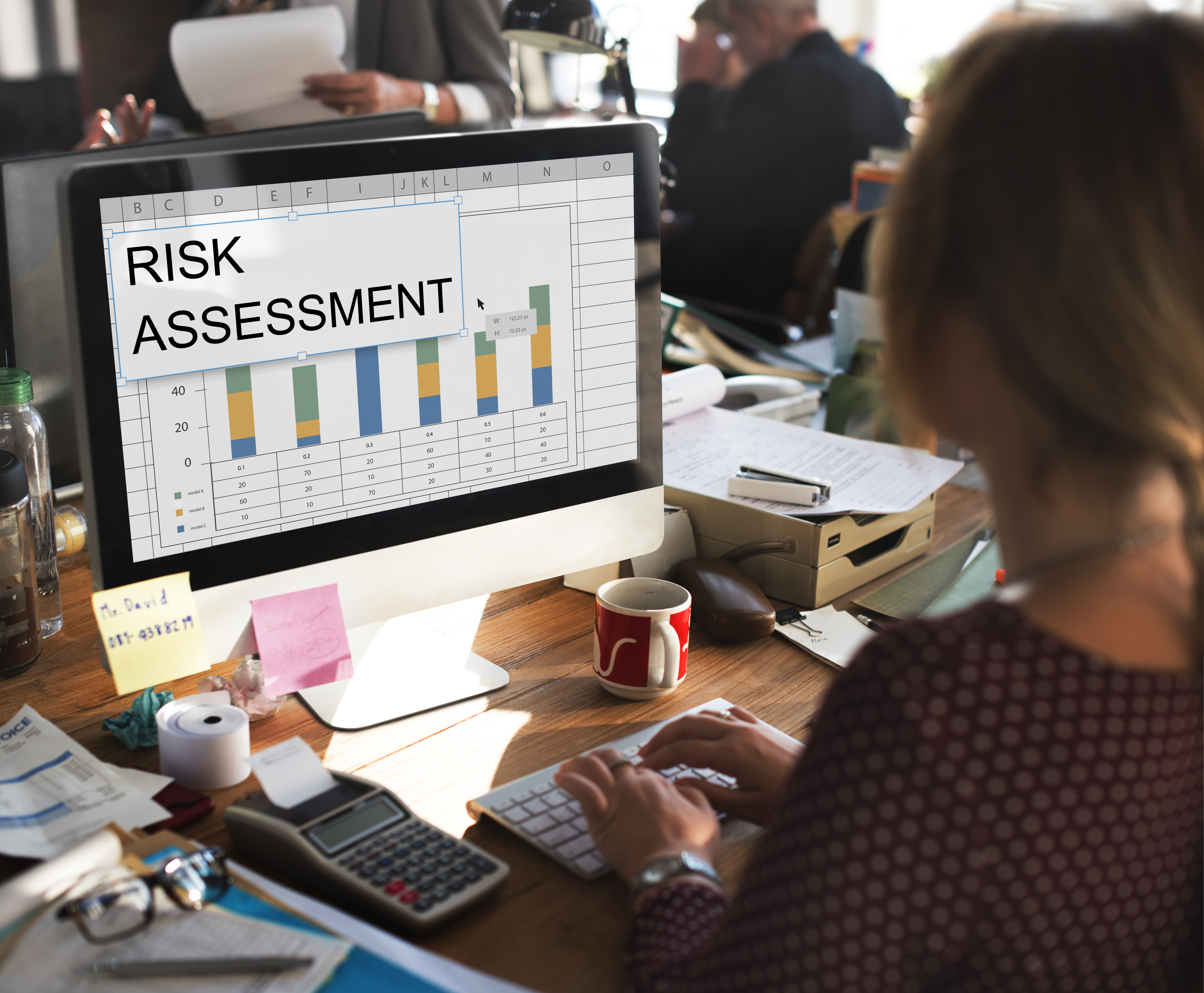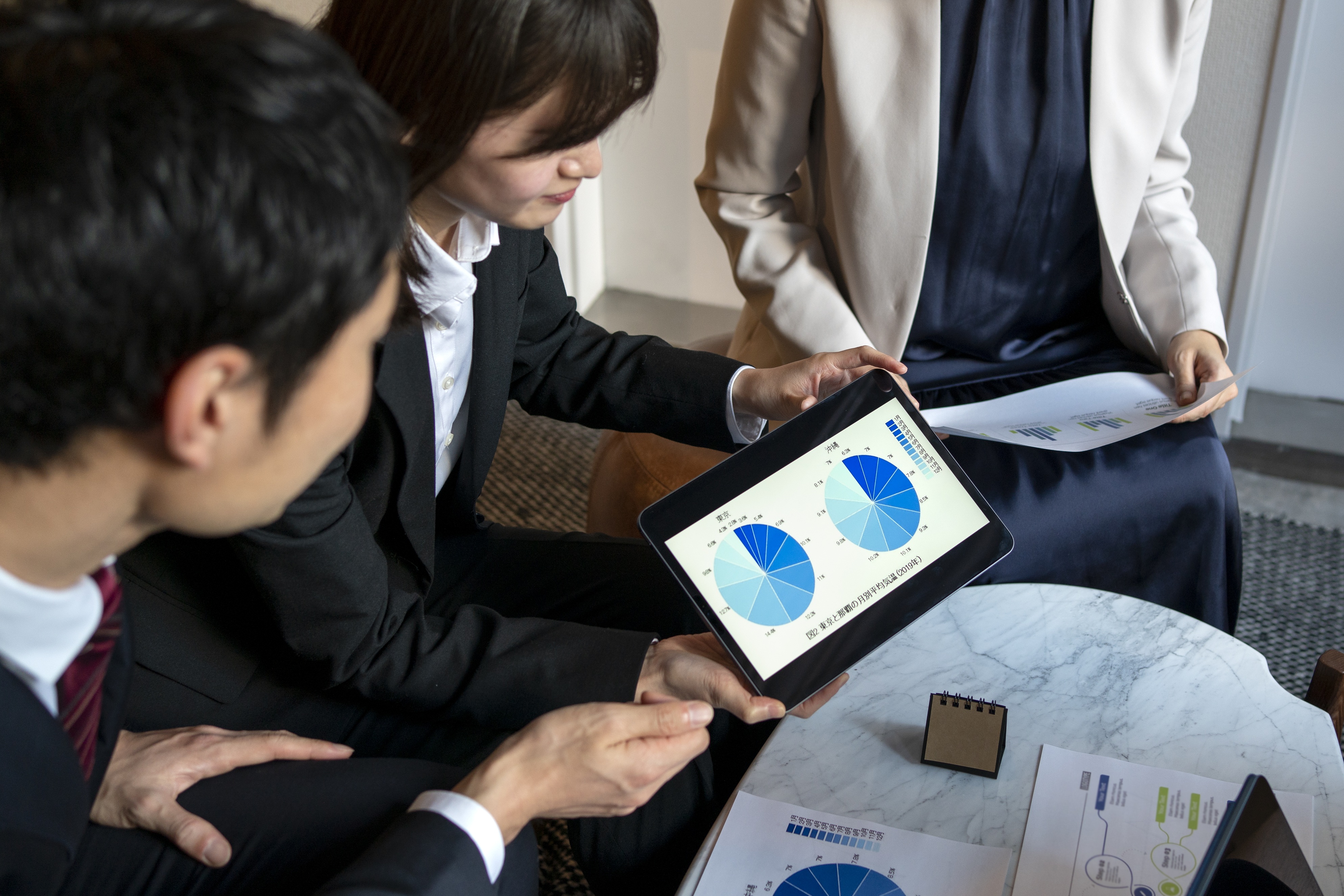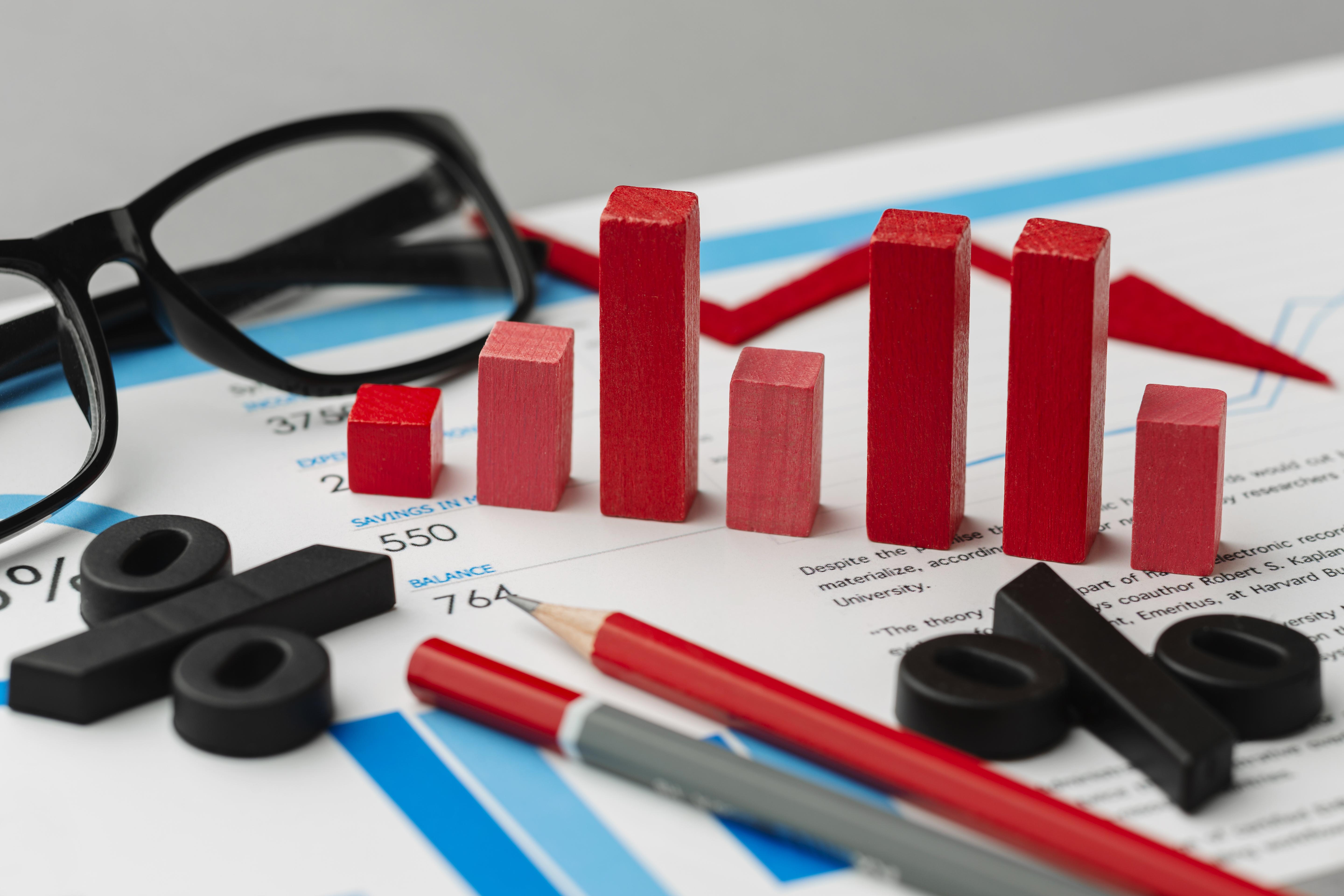The importance of a balance sheet is often disregarded by many organisations. The balance sheet, however, is deemed the most important element among the accounting reports of a company.
An up-to-date balance sheet of a company helps with efficient management of the finance. It also keeps a check on every financial matter of the organisation including sources of income, assets, liabilities, profits, third party capital, and rights. This makes it imperative for organisations to learn how to analyse a balance sheet.
What is a Balance Sheet?
A balance sheet of a company demonstrates the net worth of its business. In terms of accounting, a balance sheet is a part of a financial statement that encompasses the assets, liabilities, and equity of the owners at a point in time.
A balance sheet may include different types of financial information that can be used for a variety of reasons. For instance, it can contain data from past years that lets you compare two consecutive years without much difficulty. The information from a balance sheet of a company is the most reliable source for assessing how it is performing financially, and where and how it can improve.
Role of a Balance Sheet in Financial Statement
A financial statement comprises of three main reports that indicate the financial condition of a business. These are:
The balance sheet: the most important among the three reports that include multiple types of financial data that can be used to measure the overall financial health of a business.
The income statement: the report that presents net income for a particular period, such as a monthly, quarterly, or yearly report. The net income is equivalent to revenue minus expenditure for the given period.
The cash flow statement: the report that displays transferring of cash and cash equivalents in and out of a business.
Incorporated companies must present a complete financial report including balance sheets, income statements, and cash flow statements to the tax and regulatory authorities, and stakeholders. For partnerships and sole proprietorships, maintaining a balance sheet is not obligatory. But it’s a good practice for any business to be able to keep a track of the financial situation.
An accurate balance sheet of a company comes in handy if the business owner intends to acquire a loan or equity financing or needs to determine the net worth of the business for selling it off.
Analysing a Balance Sheet of a Company
Maintaining a balance sheet makes assessing the financial situation of a business efficient. Learning how to analyse a balance sheet as a small business owner can be useful as you can promptly figure out a clear picture of your company’s accounts for any given time.
To read a balance sheet of a company, you must know its different components like assets, liabilities, and equity and how to analyse them. It’s also important to learn reading the figures mentioned in it to understand the financial condition of the business.
Let’s find out about how to analyse a balance sheet of a company in detail.
1. Identifying Current Assets
Valuable materials owned by a business that can be converted into cash easily within one year are referred to as current assets. There are three types of current assets.
Accounts Receivable: includes short-term payments payable to a business, such as an outstanding invoice.
Inventory: an inventory is usually included for a business that sells physical products. An inventory keeps track of raw materials, finished products, and ongoing products.
Cash: includes cheques, hard cash, and checking accounts.
2. Non-Current Assets Evaluation
The assets that cannot be converted to cash simply or cannot be converted within the next fiscal year are referred to as non-current assets. Non-current assets are of two types.
Tangible Assets: assets that can be measured physically such as properties, equipment, and machinery.
Intangible Assets: assets that do not have a physical presence, such as patents and copyrights.
Typically, non-current assets are stated with depreciation in mind where the cost of the assets is calculated according to the value through their lifespan.
3. Liabilities Assessment
Liabilities are an important component that needs a thorough understanding. Liability in terms of a business refers to its financial obligations to another entity. There are two types of liabilities.
Current Liabilities: short-term liabilities that need to be paid within the next fiscal year. Current liabilities include current payment of long-term debts, accounts payable, and payroll.
Long-Term Liabilities: financial commitments including loans, debts, and others that are due in more than a financial year from the date stated in the balance sheet.
4. Ascertain Shareholders Equity
Identifying and understanding the component on shareholders equity is one more step towards learning how to analyse a balance sheet. The net worth of a company is represented by shareholders equity. It incorporates the initial amount of money invested by the owner/s in the business. The profits from the net earnings of a business reinvested into the company are declared under the shareholders’ equity tab of the balance sheet.






